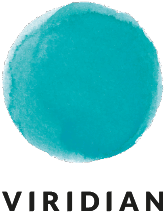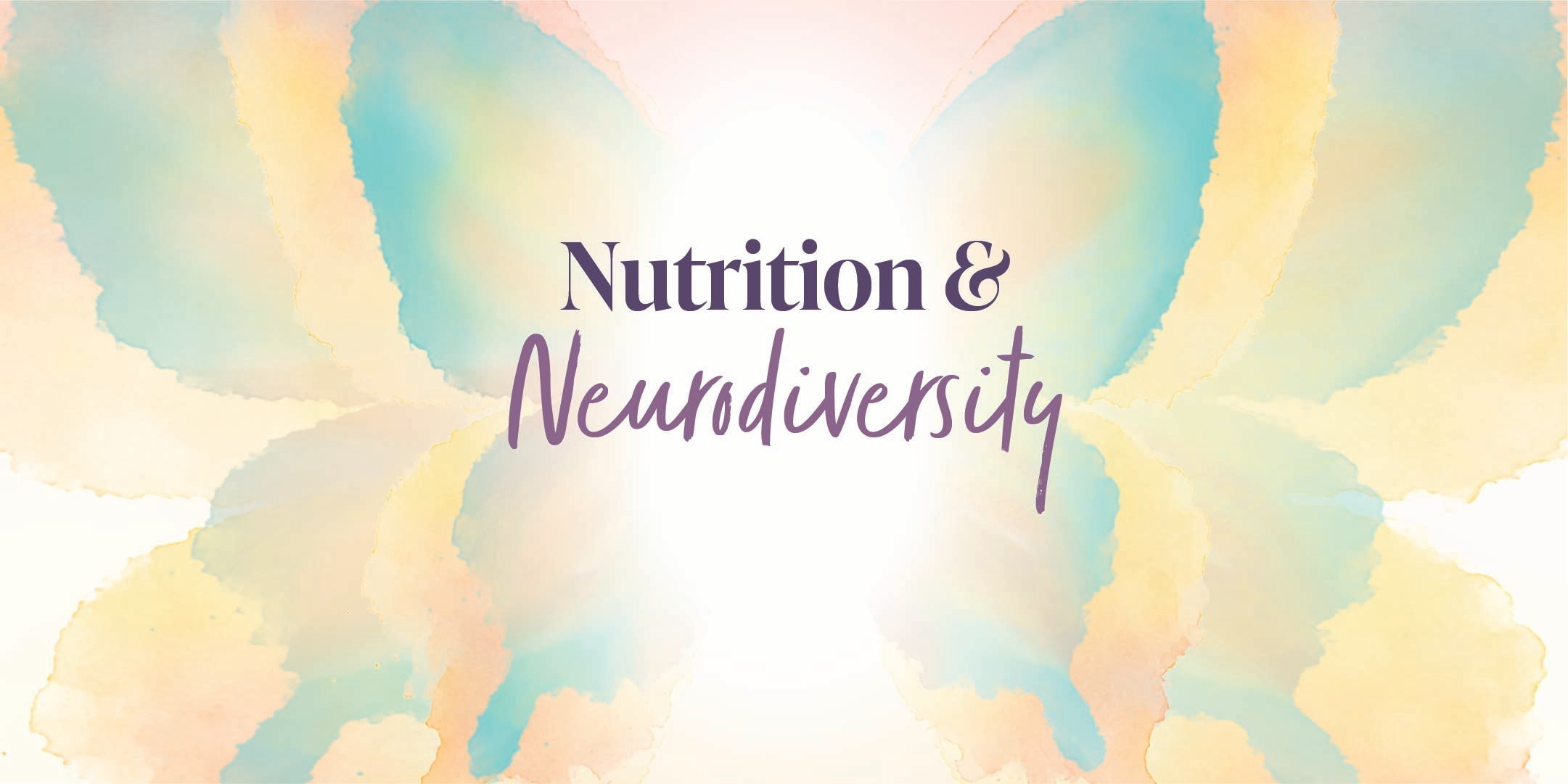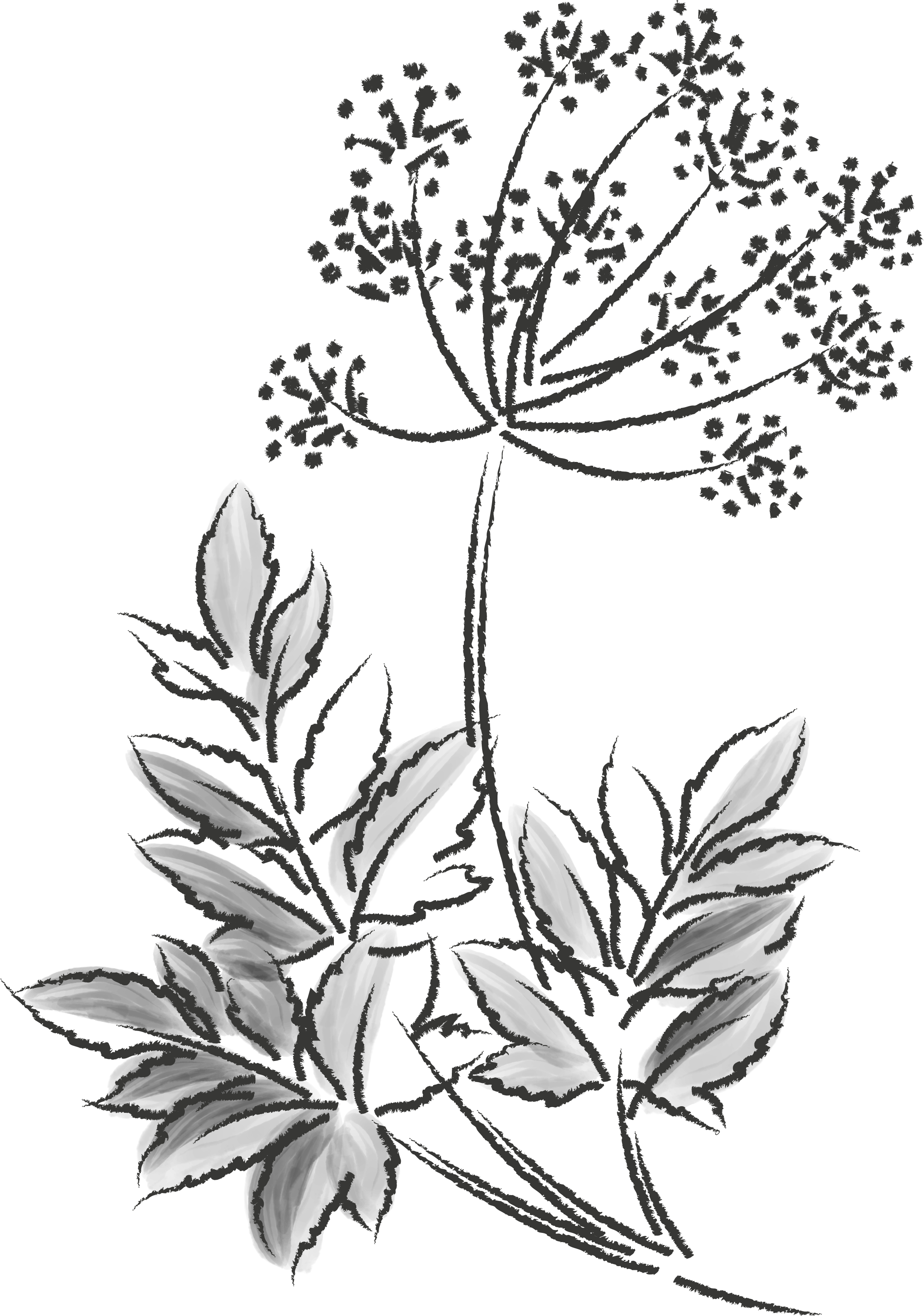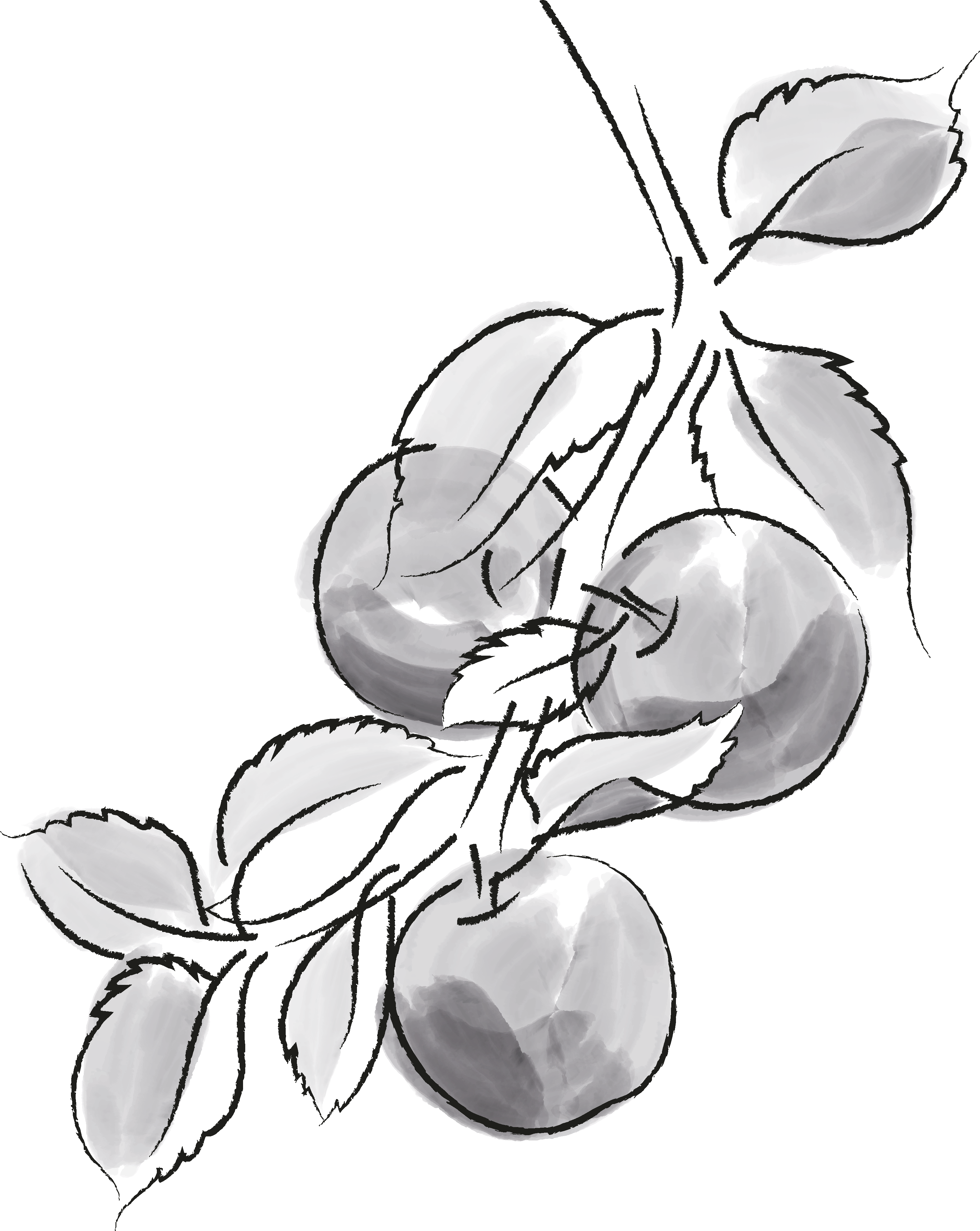
A recent research review offers hope in the treatment of Obsessive-Compulsive Disorder. Treatment-resistant OCD poses a conundrum; sufferers can be left in psychological turmoil when failed by conventional treatment, yet a growing body of evidence suggests sufferers may gain symptom relief through the adoption of a lifestyle strategy.
OCD – What is it?
Obsessive Compulsive Disorder (OCD) is driven by obsessions and compulsive behaviours, that include; recurrent, persistent, distressing thoughts, mental images or impulses that intrusive or unwanted, in addition to hygiene, orderliness, checking grooming and hoarding. These behaviours and rituals severely impact daily life and are recognised to lower the quality of life, besides in the long-term lead to several chronic conditions.
It is estimated by OCD UK that 750,000 people in the UK are affected by the condition, while the World Health Organisation (WHO) published the ‘Depression and other common mental disorders’ report 2017 and stated that anxiety disorders were the sixth largest contributor to non-fatal health loss globally, and they appeared in the top 10 causes of ‘years lost to disability’ in all WHO regions.
OCD is treated with cognitive behavioural therapy and drug therapy using selective serotonin reuptake inhibitors (SSRIs); which can incur side effects.
“It used to be the case that sufferers would go undiagnosed for many years, partly because of a lack of understanding of the condition by both the individual themselves and amongst health professionals, but also partly because people went to great lengths to hide their symptoms. They would hide symptoms because of the intense feelings of embarrassment, guilt and sometimes even shame associated with what pre-internet times used to be called the ‘secret illness’ ”.
- OCD UK, 2018
Although the recognition of OCD is increasing, other behaviours with the shared underlying factors are lesser known. These include; repetitive behaviours such as; hair pulling or skin picking, but also established are addictions and gambling.
Couto and Moreira’s findings
A recent systematic review produced by Couto and Moreira assessed the use of N-acetyl-cysteine (NAC) on OCD individuals. NAC is the compound that precedes the amino acid; cysteine. NAC was popularised in clinical treatments for liver support, acetaminophen (paracetamol) overdose and its ability to dissolve mucus. With no reported side effects, NAC is commonly found in food supplements.
The review included cases of one to one care and random controlled trials.
Five individual patients received one to one care using doses of NAC from 500mg to 3000mg daily for periods of time that ranged between 12 and 24 weeks, and in most cases alongside anti-depressant medication. It was reported that four patients experienced a marked improvement in symptoms, while the final patient achieved full remission from all symptoms of OCD.
The initial case-series had less success with a group whose average age was 54 years, however it should be noted that the patients were using a greater number of medications, were in older age categories and treatment ended at 12 weeks. Subsequently, it can be assumed that the patients had the greatest number of years with OCD. While the second case-series ran for 24 weeks, used 600mg to 28,000mg daily of NAC on paediatric patients and reported an improvement in four patients and maintenance in the final patient.
Interestingly, when the researchers combined the results based on the symptom scale score change, an overall reduction of 11 symptom score points was reported. Therefore, signifying and overall reduction in symptoms.
More importantly, the random controlled trials saw improvements in OCD symptomology in response to 600mg to 3000mg NAC daily for between 10 and 16 weeks.
Couto and Moreira’s findings add to a growing body of evidence on compulsive behaviours, Grant et al, 2009 reported beneficial results in compulsive hair pulling known as trichotillomania when NAC was used for 12 weeks at doses of 1200-2400mg daily. While the same author published findings in 2007 that reported a significant improvement in pathological gambling in response to 8 weeks of NAC supplementation that started at 600mg daily and increased in two week increments to a final dose of 1,800mg daily.
How did NAC relieve OCD symptoms?
These benefits are suggested to arise from NAC’s ability to quell oxidative damage; OCD is associated with an increased generation of oxidative compounds which aggressively attack tissues to cause what is termed oxidative damage.
Furthermore, NAC contributes to the production of natural liver compounds that also supresses oxidative damage.
Finally, NAC binds glutamate; glutamate is in fact a highly excitatory neurotransmitter that is found to be elevated in those suffering with OCD and associated disorders. Therefore, the binding of NAC and glutamate reduces circulating glutamate levels and offers relief from OCD symptoms.
Equally, repetitive behaviours and addictions share the same resolution to elevated oxidative stress levels and excitatory neurotransmitters from NAC.
What does this mean?
Ultimately, OCD has variable results with mainstream treatments and so, the condition has continued to impact the lives of sufferers. The observation in the case series that paediatric patients experienced a greater improvement in OCD symptoms may be demonstrative that early diagnosis and prompt supplementation could offer a superior outcome in the long-term. This could be a prime intervention point to reduce the risk of the development of further chronic conditions that is known to occur in OCD patients. Furthermore, it means that there could be less reliance on the current clinical treatment for one that is nutritional based.
This adds to a body of evidence that indicates NAC in the treatment of conditions that fall under the autism spectrum disorder that feature compulsions and repetitive behaviours.
NAC offers a low cost, over the counter option that is easily tolerated. Furthermore, these findings show that treatment resistant OCD may be relieved through the daily supplementation of NAC.
To conclude, more scope for relief from OCD may be leveraged and so there is the need for further research in to the use of NAC.
References
Couto, J.P., & Moreira, R., (2018) Oral N-acetylcysteine in the treatment of obsessive-compulsive disorder: A systematic review of the clinical evidence, Progress in Neuro-Psychopharmacology and Biological Psychiatry, 86: 245-54.
Grant, J.P., et al (2009) N-Acetyl-Cysteine, a glutamate-modulating agent, in the treatment of trichotillomania: a double-blind placebo-controlled study, Arch. Gen. Psychiatry, 66(7):756-63.
Grant, J.P., et al (2007) N-Acetyl-Cysteine, a glutamate-modulating agent, in the treatment of pathological gambling: a pilot study, Biol Psychiatry, 62:652-57.







